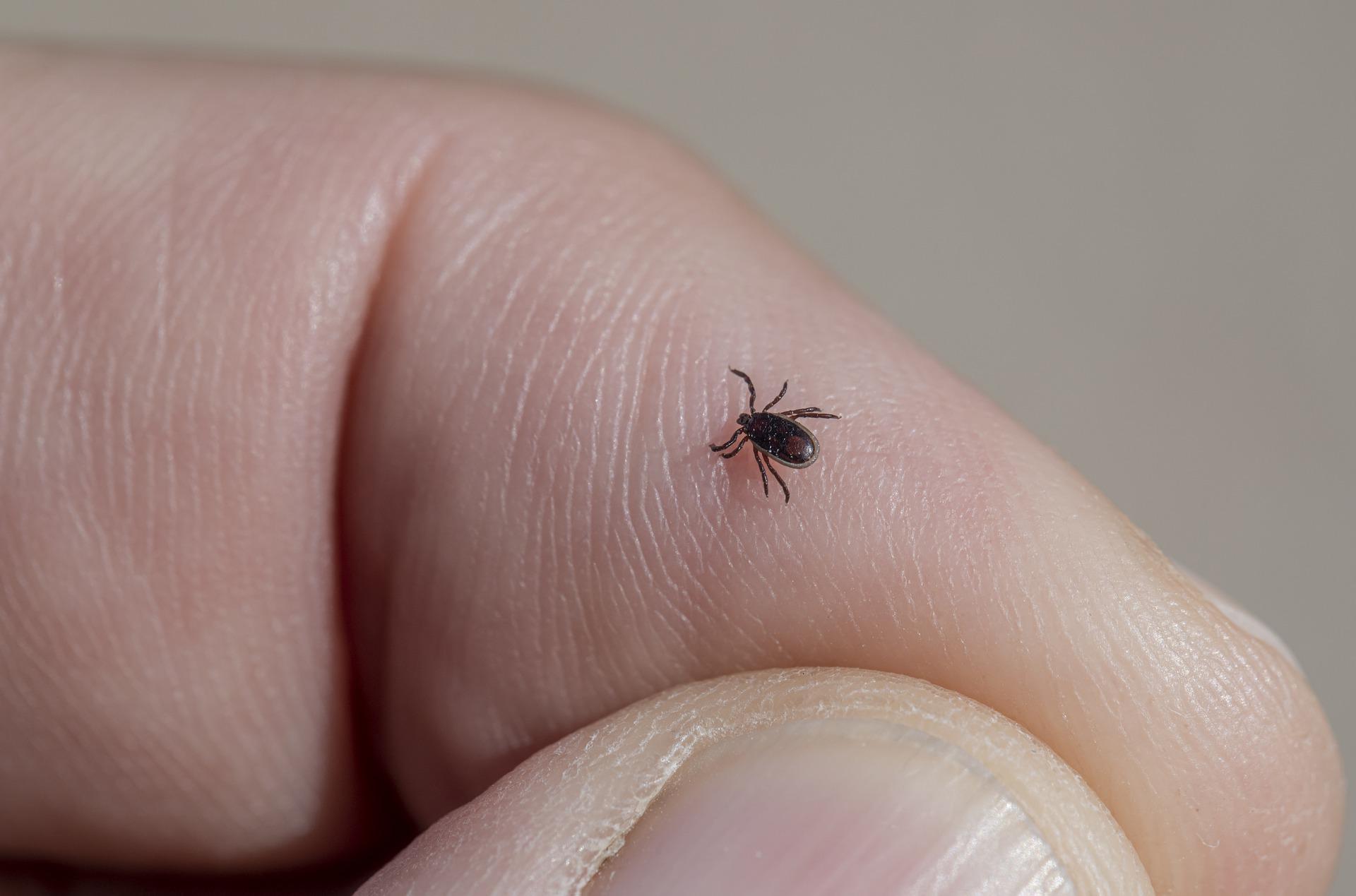Ticks are incredibly insidious. First, they hide in woods and grasses, then on our bodies. They can also carry some diseases that can be momentous for humans if we discover them too late. Since the parasites are appearing again in more significant numbers, we have summarized some tips for you to consider.
The whole year is tick time because the parasites already feel comfortable and develop at temperatures between five and eight degrees. But they prefer warm climates, which is why they appear even more often in summer and infest people and animals. In addition, we spend more time outdoors during the warm season, lying in the meadow or roaming through forests, making it the perfect landing area for the sometimes dangerous bloodsuckers.
At high temperatures, the larvae of the ticks hatch on average two weeks faster than under more excellent conditions. That’s why it’s time to be especially careful!
How to protect yourself against ticks
Since the parasites, which belong to the arachnids, can transmit two dangerous diseases, it is essential to protect yourself against them and take suitable measures after a bite. Because through a tick bite, it happens again and again that a person falls ill with FSME – a virus that, in the worst-case attacks the nervous system. Although there is a vaccination against TBE, this does not protect if the pathogen has broken out. In addition, the parasite can transmit Lyme disease, against which there is no vaccine. This disease can also attack the nervous system and leave permanent damage in the worst case.
So special care is needed here. Therefore, we have a few points to which you should pay attention.
- What precautions should I take? Those who often spend time outdoors should wear clothing with long sleeves and pants. Put socks over the trouser legs, so the ticks can not easily climb up the leg. Ticks can be seen better and faster on light-colored clothing. Use insect repellent. You should check your body carefully for bloodsuckers if you are out and about in exceptionally high temperatures and cannot wear long dresses. It would be best if you also were careful with freckles and moles because the tiny arachnids stand out less well from the skin there. Every, really EVERY part of the body should be checked – so also look carefully in various bends, behind the ears or on the head. Pets can also bring ticks into your home – check them regularly.
- In which places do I have to be particularly careful?
Ticks feel at home in warm places but at the same time moist. Therefore, they are mainly found in forests, undergrowth, and meadows with high grass. Care should also be taken in thickets with dense bushes. Because the animals often lurk on branches and then infest people and animals. - A tick has bitten me. What now?
If you have found a tick, do not immediately freak out and do not flick the animal away in panic. You have to remove it as a whole, including the head. If you do this with your fingers, it often gets stuck in your skin. So it is best to take a clean and disinfected pair of tweezers, grab as close to the skin as possible, and ensure you do not crush the parasite. Otherwise, there is a risk that it will release dangerous pathogens. Then pull slowly and gently – in no case jerkily – until the animal is out. They also disinfect the puncture wound. If you are not sure, you can also consult a doctor. - What symptoms do I have to watch out for? After a tick bite, you must note the date and observe the wound for the next six weeks – in the best case, even mark it. According to experts, redness shortly after the bite is normal. But this should subside over the next few days. You should see a doctor if the redness wanders or a circle develops from it. This could be the first sign of Lyme disease. It would be best if you also kept an eye on your state of health. You should have this medically clarified if symptoms such as fever, headache, and limb pain occur.
- source: miss.at/picture: pixabay.com
This post has already been read 1374 times!



